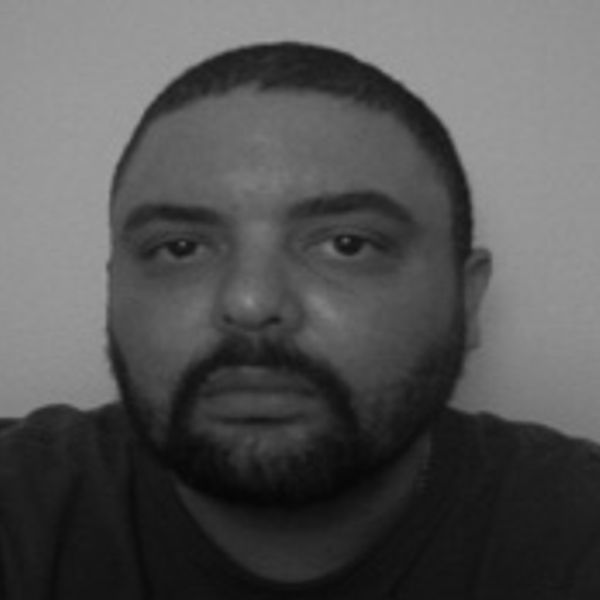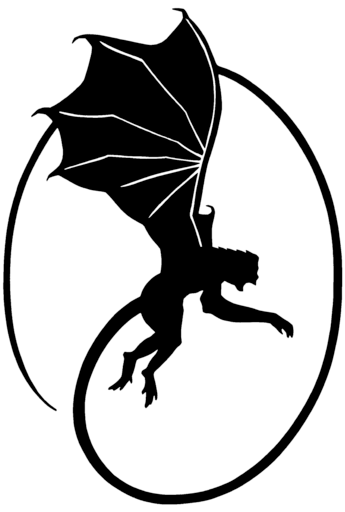Lia Purpura, Parasol Mushroom (detail), featured in AGNI 102
Mulatto
Half donkey and half human beinghalf horse
Half human being threehalves which end is which
And which the backfor the saddle and which
The fingers for the workand where the song
Which unrelated to the body pass-
es through the body and that body is
Made more or lessa human body the
Singer’s the listener’s the listener
Can’t help but feel nostalgic and a lit-
tle scandalized halfdonkey with its star-
tling hair attachedsomehow to something living
Touch it it isn’tsmooth like real hair
And every child can singand knows the songs
And you will recognize yourself in the singing
And they will sing for any audience
And saddle boththe horse and rider sing
The horsesings with its back singswith its fin-
gers and the singing isnot in its eyes
Which are an animal’snot in its hair
Which isn’t realnot in its eyes which are
Not realbut only in the body working
And makes the body human working you
Will recognize yourself in the singingyou
Will not recognize yourself in the songs

Shane McCrae
Shane McCrae is the author of Mule (Cleveland State University Poetry Center, 2011) and two chapter books: One Neither One (Octopus Books, 2009) and In Canaan (Rescue Press, 2010). His poems have appeared or are forthcoming in The American Poetry Review, African American Review, AGNI, New Orleans Review, No Tell Motel, The Best American Poetry 2010, Fence, Denver Quarterly, Typo, Esque, and others. He has attended the University of Iowa Writers’ Workshop and Harvard Law School. He is working toward a PhD in English at the University of Iowa. He lives in Iowa City. (updated 5/2011)
